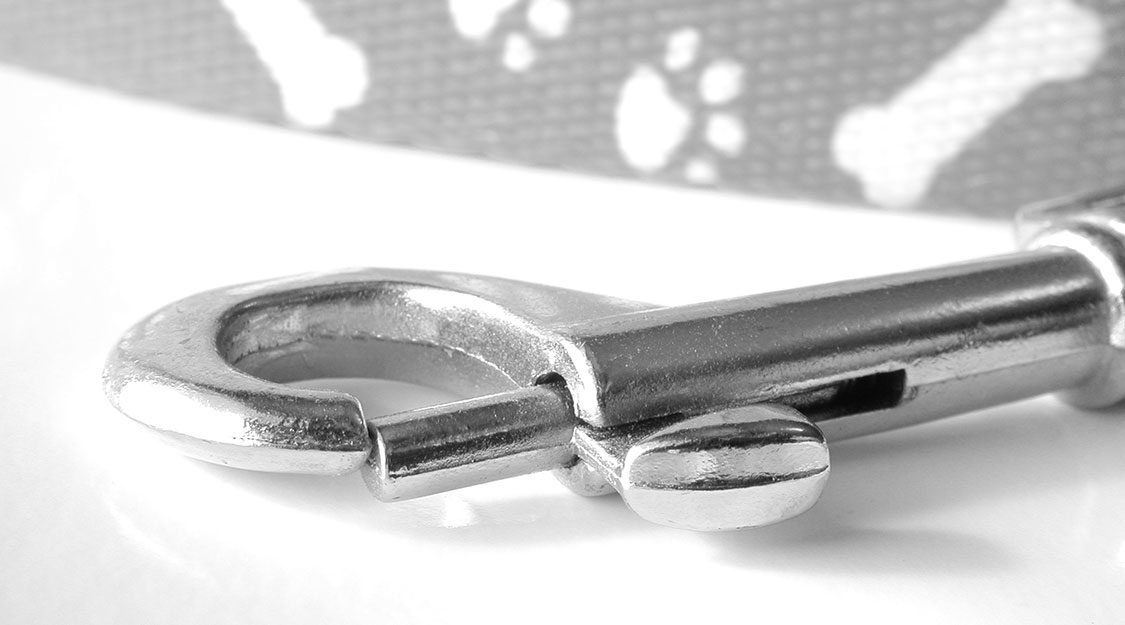Loose-leash dog training: the best way to train your dog – Part 1

Dogs like to explore scents, sounds and sights, and tend to pursue those interests with enthusiasm – even when that means towing a human behind! While your pup is young and small, leash pulling might not bother you, but the habit will grow as your dog matures.
If adults of your pup’s breed are large and powerful, you’d better fix its pulling habit early. Even if the breed is small, habitual pulling against the collar concentrates uncomfortable pressure on the dog’s throat. This causes gasping and wheezing, and can even collapse a dog’s airway and cause permanent damage.
The good news is, teaching your dog to walk nicely on a loose leash isn’t difficult – if you know a few tricks. Old-style training for loose-leash walking was based on jerking the dog’s collar with varying degrees of force. But yanking a dog around by the neck can hurt it, and can also injure your shoulders, elbows, neck or back.
Fortunately, you can teach polite leash manners without having to jerk the leash. A number of gentle, positive techniques for teaching loose-leash walking have been proven to work when consistently applied.
Starting out right
Believe it or not, most dogs pull on the leash because their owners inadvertently train them to. When trying to control their dogs, many people keep the leash short and tight. Without realizing it, they’re teaching the dog to pull by habituating him to constant tension on the collar.
Instead of discouraging pulling, the taut lead makes tightness the standard for how a leash works. Therefore, keeping a tight leash won’t teach a dog to walk on a loose leash. Instead of letting your pup form bad habits, direct its behavior toward good habits.
Important tip about leashes & long lines
Several types of leashes can be used for training loose-leash walking:
- 6 foot leash: This can be used either shortened or full-length, and is long enough to tie to your belt for hands-free walking.
- 4 foot leash: This is similar to the 6 foot leash but less versatile
- 10 to 30 foot long line: Your dog can learn to walk without pulling on any length lead. The long line allows safe control while giving the dog freedom to explore.
- Retractable lead: These are handy, but they’re operated by the dog pulling.
Retractable leads directly reinforce (reward) pulling on the leash. This counters what you’re trying to teach.



